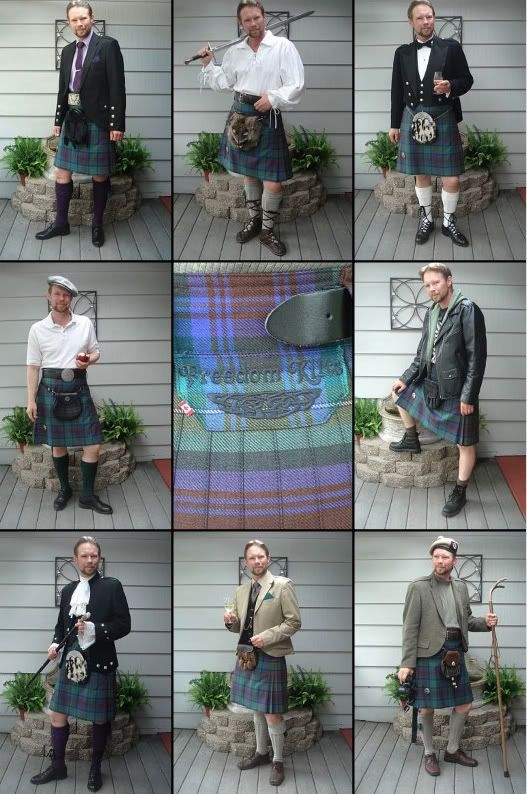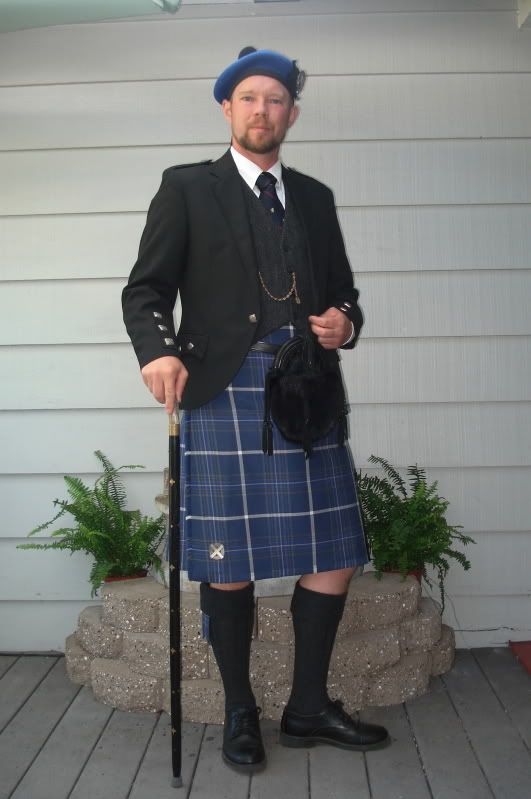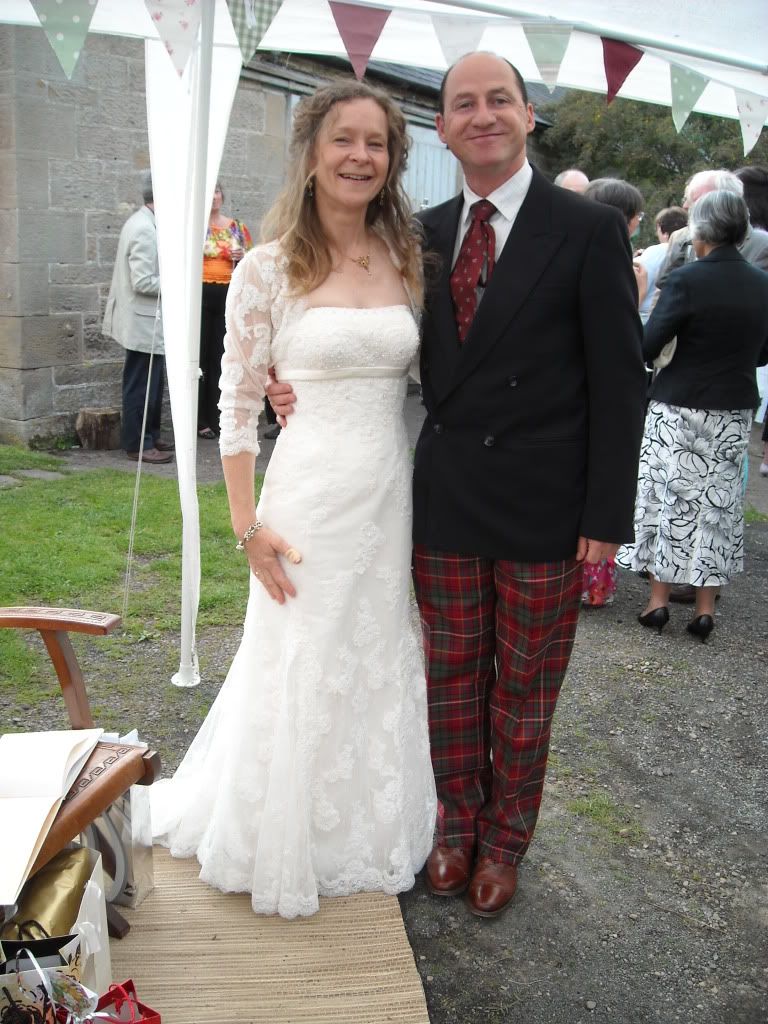Highlander
A-List Customer
- Messages
- 473
- Location
- Missouri
Tartan
Kiltie, in my MacGregor Hunting tartan:
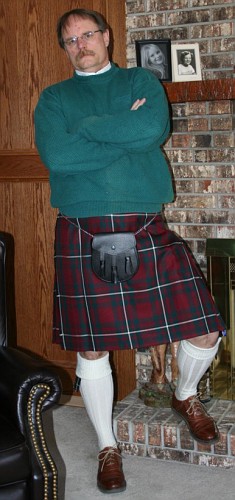
And one in the Royal Stewart:
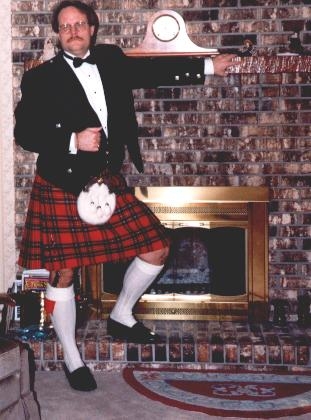
Being a McGregor also, with the Mc rather than the Mac
Kiltie, in my MacGregor Hunting tartan:

And one in the Royal Stewart:

Being a McGregor also, with the Mc rather than the Mac
